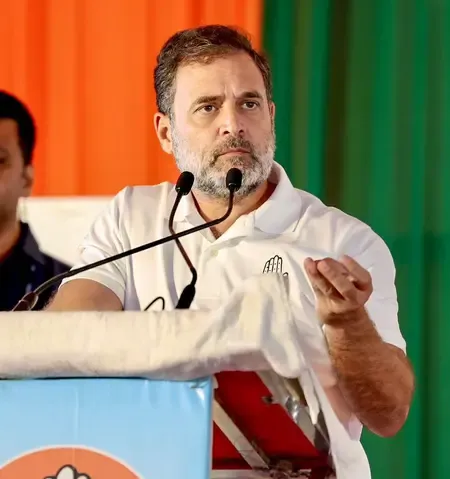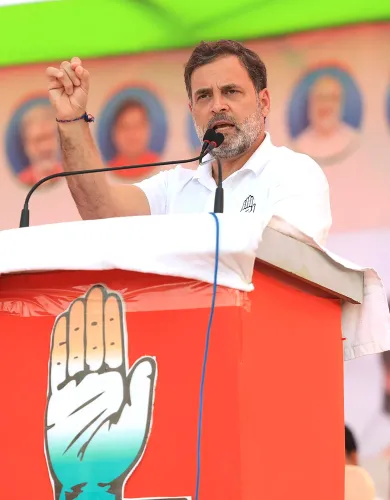How Did India Secure Its Airspace and Overcome Chinese Systems in Pakistan?

Synopsis
Key Takeaways
- India's air defence system showcases advanced integration of indigenous and foreign technologies.
- Effective military strategy involves not just buying systems but integrating them.
- India's layered defence architecture enhances its capability to thwart aerial threats.
- Pakistan's reliance on foreign systems is less effective in real combat scenarios.
- Recent military actions reflect India's readiness to respond decisively to provocations.
New Delhi, May 11 (NationPress) India's air defence system, following the intense India-Pakistan aerial encounters, stands as a prominent testament to the nation’s military strength, showcasing its ability to subdue adversaries and attracting global attention, with numerous defence analysts expressing their admiration.
Renowned defence expert John Spencer highlighted India’s advanced air defence capabilities, stating that the nation not only successfully safeguarded its own airspace but also effectively breached Chinese-manufactured systems deployed by Pakistan, demonstrating exceptional accuracy.
In his piece titled "Air Defense in the Modern Era: No Silver Bullets, Only Layers", Spencer emphasizes that successful defence relies not on mere acquisitions but rather on effective integration.
Commending India's military readiness, he remarked, “In recent weeks, India has showcased the dynamic evolution of contemporary air defence—not solely in safeguarding its airspace through a solid, layered framework but also in efficiently penetrating the Chinese-made systems used by Pakistan. It serves as a reminder that defence success hinges on integration rather than procurement.”
He noted that India's indigenous platforms like Akash and QRSAM, combined with Israeli Barak-8 systems and the Russian-made S-400, offer seamless, layered protection, while Pakistan’s military capabilities remain largely superficial.
“Across the border, Pakistan primarily utilizes Chinese-built systems such as the HQ-9/P (a long-range SAM similar to the S-300), LY-80, and FM-90. Although these systems appear competent on paper, as India has demonstrated, effective penetration is achievable through a blend of electronic warfare, kinetic strikes, and agile doctrine.”
Remarkably, for three consecutive nights following India’s military actions on May 7, Pakistan attempted to target Indian military installations, but all efforts were thwarted by the armed forces. In retaliation to Pakistani provocations, India executed operations with precision, causing extensive damage and destruction within the terror-sponsoring nation.









